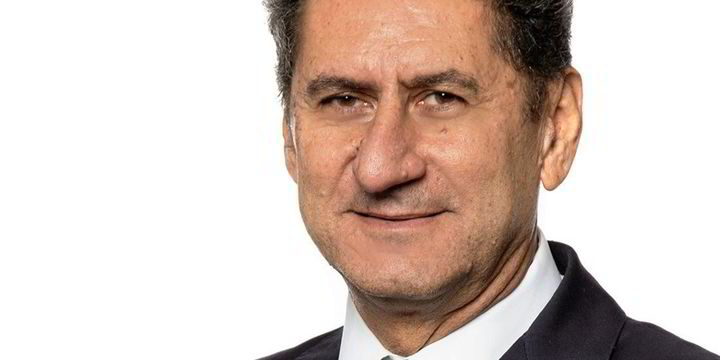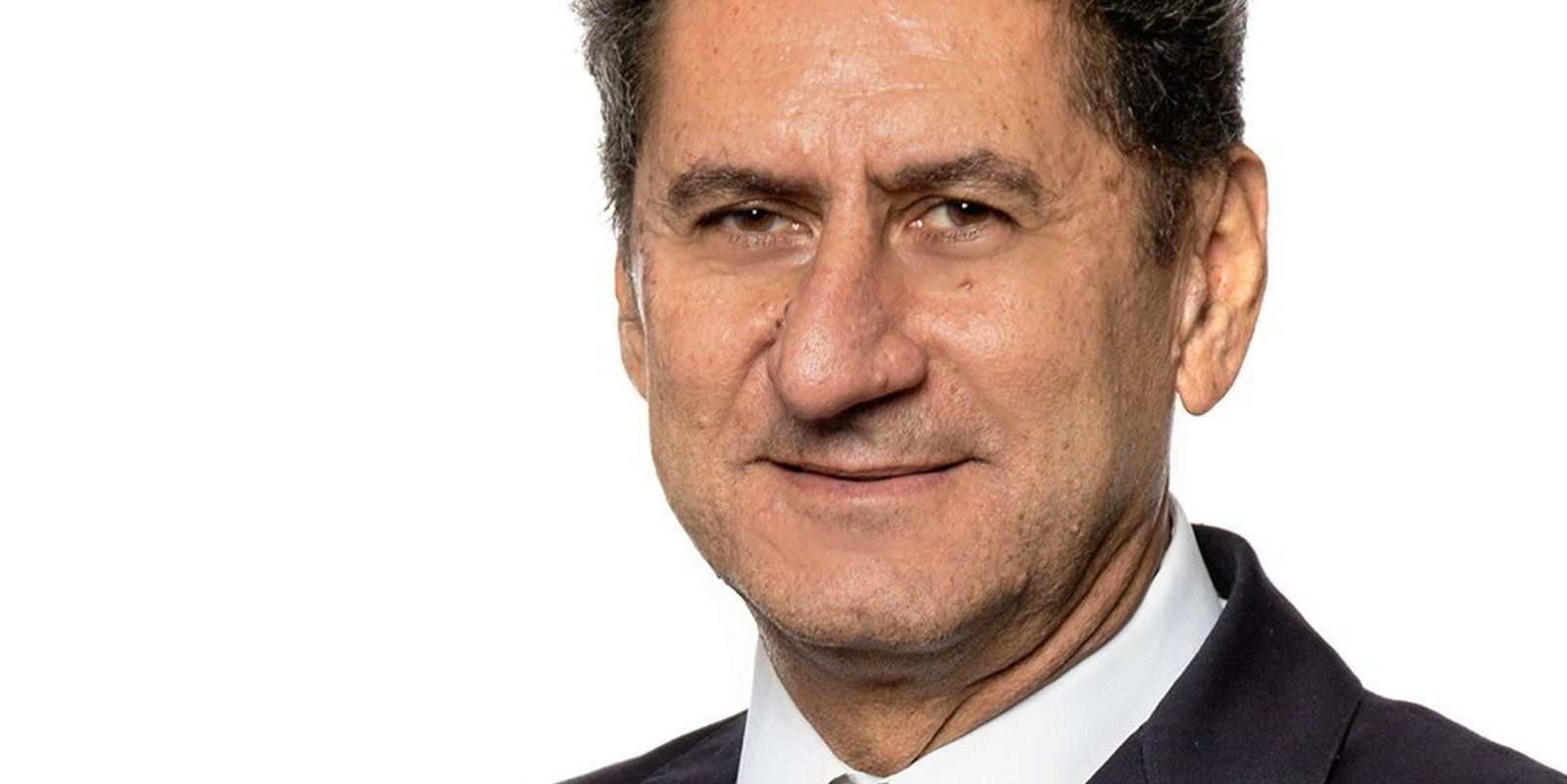World economies must shift their focus towards the demand side of the energy transition to enable the fundamental infrastructure changes that will bring about the progress needed to meet global warming targets, agency IRENA has warned.
In a preview of its upcoming World Energy Transition Outlook report, to be released later this year, the organisation calls for a stronger policy drive to advance electrification of energy needs and infrastructure, stating that such an approach has the potential to speed up the transition process that is currently lagging behind.
“The emphasis must shift from supply to demand, towards overcoming the structural obstacles impeding progress,” IRENA’s director-general Francesco La Camera said.
Global crises including the ongoing conflict in Ukraine, rising inflation and economic slowdown and the Covid-19 pandemic have pushed the energy transition process off-track, the group said.
The scale and extent of change brought about today falls far short of the 1.5 degrees Celsius global warming by 2050 pathway, it adds.
“Pursuing fuel and sectoral mitigation measures is necessary but insufficient to transition to an energy system fit for the dominance of renewables,” the group said.
Article continues below the advert
“The global infrastructure dedicated to energy will need to change. Switching the focus from fuels to systems design will help accelerate the development of a new energy infrastructure and sustain its implementation.”
The organisation identifies infrastructure, policy and regulations, and skilled workforce as the three pillars to enable a faster and successful transition.
Electrification of energy needs and infrastructure is one critical area of focus for policy action.
In the power sector, renewables accounted for 40% of installed power generation globally, contributing to a record 83% of global power additions in 2022.
But to stay within the 1.5 degrees Celsius course, renewables deployment has to reach over 10,000 gigawatts by 2030, from 3,000 GW today, IRENA calculates. Geographical distribution of renewables must extend beyond the three current hotbeds of Europe, the US and China, which account for two-thirds of installations.
In that scenario, the electricity generation mix is to evolve from a 62% fossil fuels, 28% renewables, 10% nuclear split as of 2020 to a goal of 91% renewables, 5% fossil fuels and 4% nuclear by 2050, IRENA estimates.
The group also suggests total power output needs to increase from 27,000 terawatt hours in 2020 to 89,800 TWh by 2050.
Investment in transition technologies, which hit a record high of $1.3 trillion last year, must grow to exceed $5 trillion per year, or cumulative $44 trillion by 2030.
IRENA called for a large share of capital that is currently directed towards fossil fuels, equivalent to $1 trillion by 2030, to be redirected towards transition technologies and infrastructure.

